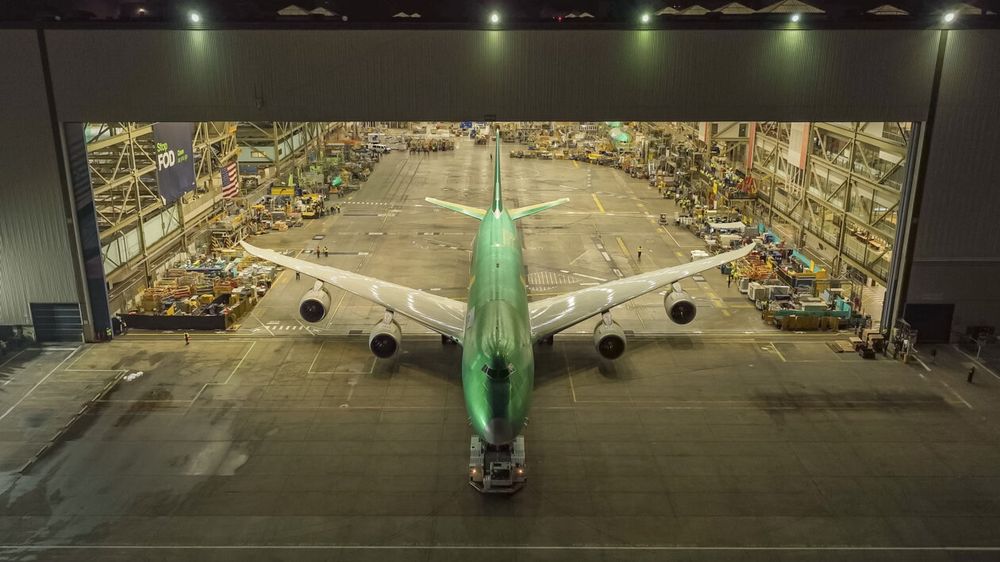The Last 747
Thoughts on the last 747, and engineering culture.
The last 747 has rolled off the assembly line, which was older than I am. There are still a few 747s in active passenger service, the final years of production were all cargo configured.
The upper decks were something special. I’ve had the chance to fly them a couple of times, once in what I remember as a crowded and dark setup on El Al, and a few years ago on British Airways where the upper deck was mostly empty. That plane was almost certainly never getting updated. Parts like the overhead bins might have even been original — the plastic was thick, 1980s style, rather than newer compounds. But I digress.
The assembly line isn’t the only thing that’s going away. Five hundred senior Boeing engineers are retiring as a result of financial incentives and pension plans being linked to inflation in ways that are hard to change. It would be easy to assert that “spreadsheet engineering” seems more important than aerospace engineering to the new management, who’ve decamped from Seattle to Chicago and then Virginia, home of precisely one customer.
When I was growing up, Boeing was perhaps the consumate example of an engineering-driven company that made great profits on fantastic products. But that’s changed, as documented in Flying Blind, the excellent book by Peter Robison.
The days of management walking over to the assembly lines are over, but more than that, so are the days when engineers could all walk over to the assembly lines. Engineering is now spread around the globe for both cost and talent reasons. In a way, that’s great — Boeing can employ engineers can’t tolerate our weather in Seattle. What’s lost is harder to express, but includes opportunities to physically see the assembly line and the products. (Seattle time story on closing of Boeing Russia.)
On retention, the Seattle Times reports:
Boeing has pushed out the launch of an all-new airplane toward the end of this decade. By then, there’ll be a limited number of senior engineers left who worked on development of the last all-new plane — the 787, delivered in 2011 — and have detailed knowledge of that complex process and its pitfalls.
Boeing’s white-collar union said more than 500 highly experienced U.S. engineers and more than 130 technical staff retired in November.
For most of them, it was because a pending interest rate adjustment would otherwise have dramatically slashed their lump sum pension payouts by as much as an entire year’s salary.
To try to retain the most critical expertise, Boeing identified 26 key engineers represented by its white-collar union, the Society of Professional Engineering Employees in Aerospace, and offered them specific financial enticements to stay, SPEEA spokesperson Bill Dugovich said...Only nine accepted the offer.
That last story closes, “And Boeing has been documenting how its engineering work is done and standardizing technical design reviews so the “tribal knowledge” acquired through experience can be more readily passed down to younger engineers. The loss of so many senior people exiting this year will be a stiff test of that strategy.”
While engineering experience and a good culture of design reviews are both exceptionally important, the really crucial test will be: do executives prioritize safe planes and great engineering over short term results? They didn’t with the 737 MAX, and I’d hope to hear more about that from leaders as they talk about what they’ll be delivering in 2030 and beyond.
The theme of how managerial priorities impact product development is important to both safety and security. Each can be either squeezed or underfunded, or asked to operate more efficiently, depending on your perspective. Each seems most successful when “nothing’s happening.” That’s when leadership (in contrast to management) is most important.
Photo: Boeing/Paul Weatherman.